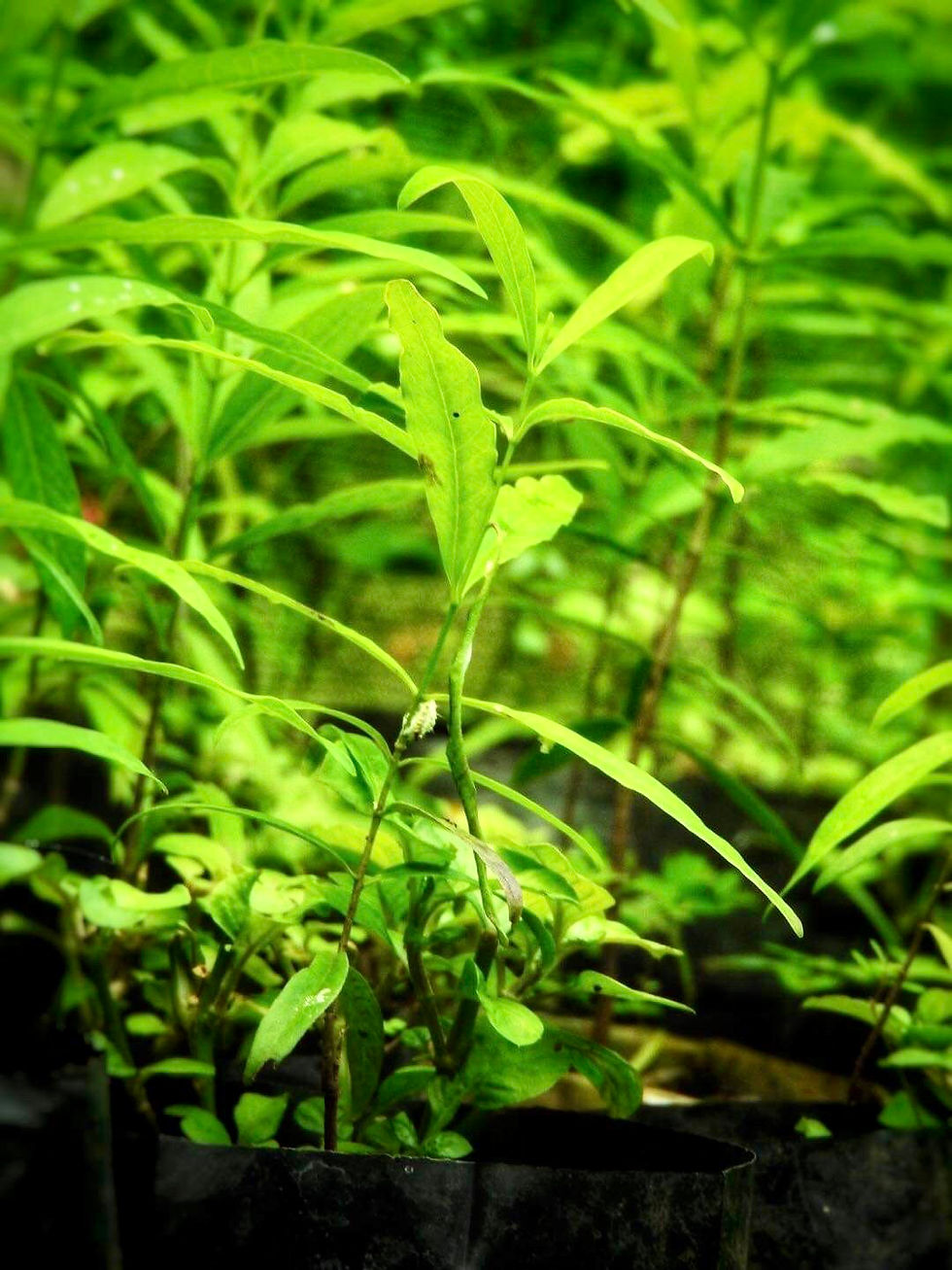Sustainable tourism: reimagined
- Bridge the Gap
- Apr 25, 2018
- 3 min read
If you have been to Vorovoro, you know that the experience on-island is like no other. Especially in comparison to traditional tourism experiences. In the majority of the tourism industry within developing countries, there is a line drawn between tourists and natives. On Vorovoro, we work to erase that line.
Tui Mali, the chief of the tribe, has often been asked the question, “Rawa va cava?” or “How can it be?” How can it be that he can have both tourists and Fijians of the Mali tribe working together? When faced with this question, he explains his idea of 1+1=1. This is when both tourists and natives come together to experience culture in a symbiotic relationship. This erases that line commonly seen in the tourism industry. This is the foundation for a beautiful sustainable tourism experience—one that is not only ecologically sustainable, but culturally sustainable as well. Care about climate change? Interested in life-changing travel? Open Island 2018 is more than a vacation. More than volunteering. More than an incredible value. Open yourself to the possibilities—see how!
So, how will your time on Vorovoro contribute to this unique sustainable tourism experience? Let’s start with the ecological sustainability. A lot of your time on the island is spent learning about how climate change has affected the Fijians. You will come to understand that coral bleaching has made it harder for the Fijians to catch fish, that sea level rise has caused them to move away from the shoreline, and that altered weather patterns have made it challenging to collect drinking water. These are just a few examples of how their lives have been impacted by climate change. But rather than just learning about these topics, you also learn about how the Fijians are using their local resources to combat these effects. For example, the Fijians use seawater for just about everything besides drinking water in an effort to conserve freshwater. You will also likely get to take part in a project to help combat these effects as well—like building a seawall, rainwater catchment system, etc.
The most significant part about learning about these effects is that you get to experience them firsthand while living on the island—something not experienced in many sustainable tourism opportunities. By living alongside the Fijians, you are able to recognize the challenges they are facing, see them firsthand, and learn how to cope with them. By snorkeling off the shore and diving off the Cakaulevu Reef, you can see how the coral has died in so many areas. By visiting Ligaulevu Village on the Mali Island, you can see how the old town center is now right on the shoreline. On Vorovoro, you don’t just hear about it. You see it. You live it. That’s what makes Vorovoro sustainable tourism reimagined.
Now, lets touch on the culturally sustainable aspect of Vorovoro. As stated before, you are living alongside the Fijians. This allows for a unique sustainable experience where you are fully immersed in the Fijian culture. You will learn that community and respect are two of the most important aspects of the Fijian culture. Each day starts and ends with a community meeting. In the morning, we gather together to discuss the day and delegate tasks. Each night, we meet with the chief and other community members to have kava. We sit together, drink kava, sing songs, share stories of the day, and get to know one another.
By spending everyday with the Mali tribe, you become more and more aware of how they live their life—it becomes how you live your life. From the chief welcoming you as his family on the first night, to learning new recipes, to climbing coconut trees, to snorkeling with the local catch, the Fijian culture becomes a part of you. A part you won’t ever forget. That’s what makes Vorovoro sustainable tourism reimagined.
Moce,
The Bridge the Gap Team





Comments